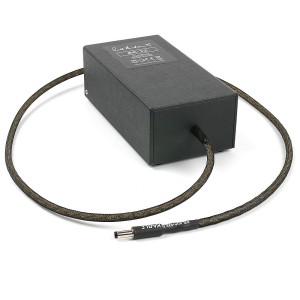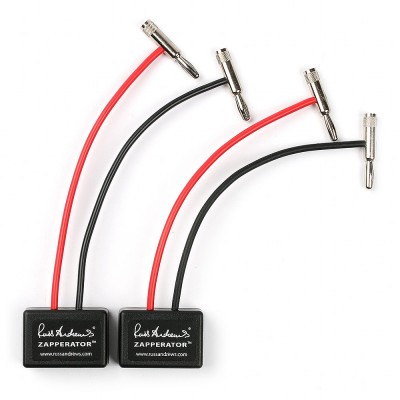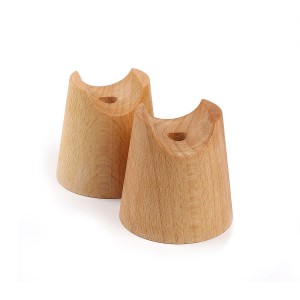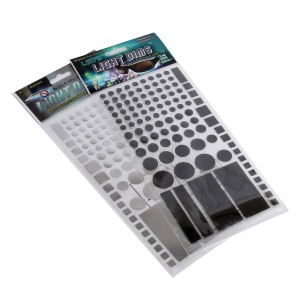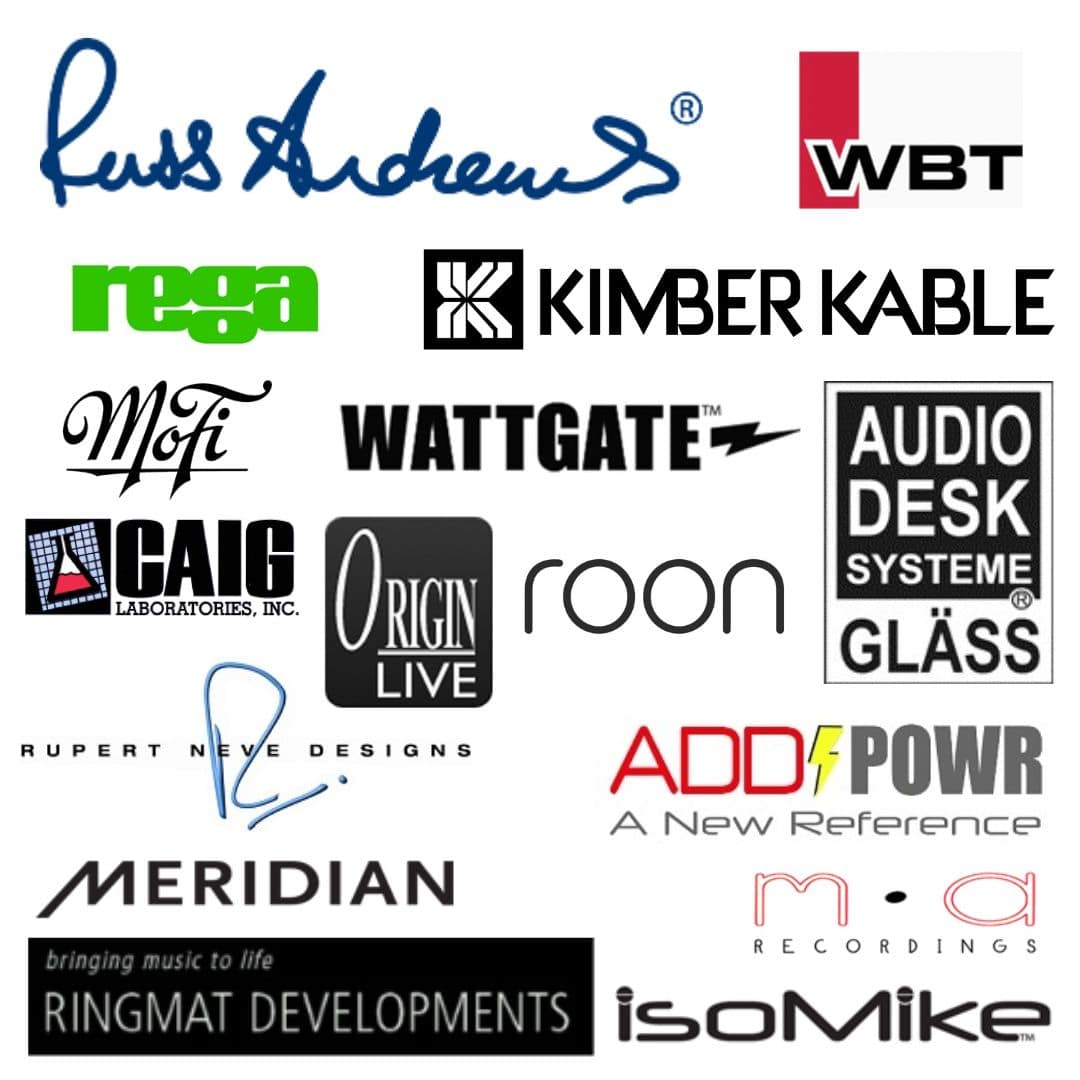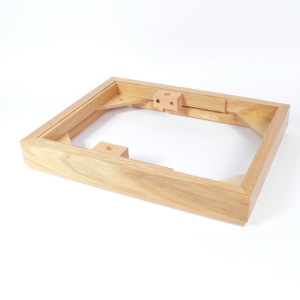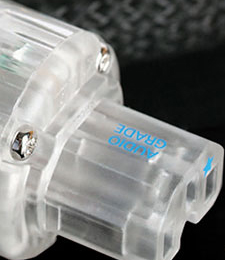Digital audio cables are specifically designed to carry high-frequency, wide-band digital audio signals from one component to another. Let’s start by clarifying what we mean by a digital signal.
All audio starts off as analogue soundwaves which emanate from voices and instruments.

These analogue waveforms are then recorded in either analogue or digital (via an Analogue-to-Digital Convertor (ADC)):

- and transferred to a usable medium, which in turn can be either analogue (vinyl or tape) or digital (CD, digital tape, flac file, etc.):

Note that both analogue and digital masters can be transferred onto analogue or digital media. This caused some controversy in 2022 when a major prestige vinyl record label was found to be using Direct Stream Digital (DSD) masters to produce allegedly all-analogue pressings!
If the medium used is digital, it must at some point be converted back to an analogue waveform – via a Digital-to-Analogue Convertor (DAC) – before it can be played back to the listener:

Where does a digital audio cable come in?
At all points in the digital chain, the signal is transmitted in binary form – zeros and ones to you and me – and that’s where digital audio cables enter the scene.
Digital interconnects transfer those zeros and ones in two ways:
- as a series of voltage transitions, in the case of a coaxial digital audio cable
- or via a series of light pulses, in the case of an optical digital audio cable
The most common examples are where a digital source component e.g., a CD player or streamer, is connected to an external DAC, or amplifier with a built-in DAC:

Digital signals can also be transferred from your internet router via ethernet and from computers via USB but, in most Hi- Fi applications, you’ll be using a coaxial or optical cable between two components.
See our digital audio cable range
You may also be interested in:
Which is best: Coaxial Digital Audio cable vs Optical Digital Audio Cable?
What is S/PDIF?
What is Toslink?
What are AES/EBU Digital Audio Cables?












